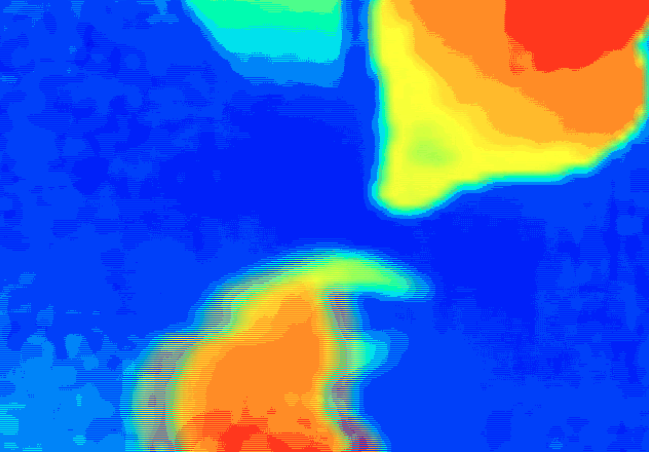A huge amount of money and energy is wasted globally on heating, ventilation, and lighting of unoccupied spaces in buildings.
Attempts to develop “smart” HVAC and lighting systems depend on the development of versatile and accurate people-counting solutions. The development of new sensors, capable of accurately measuring room occupancy without infringing on privacy, is providing businesses and organizations of all kinds with a way to significantly reduce energy consumption in their buildings.
Heating, lighting, and air-conditioning buildings is expensive. Buildings account for approximately 40% of global energy use, and use around 60% of the world’s electricity. Yet every day, around the world, businesses are paying to heat, cool and illuminate unused rooms and buildings. Over recent years, stringent building regulations have led to a significant improvement in the energy optimization properties of buildings – however, the same attention has not been paid to room occupancy.

People counting offers a way to drastically reduce the amount of energy consumed by HVAC and lighting systems in buildings. By constantly monitoring the number of people in a room, HVAC and lighting can be optimized: lights can be switched on when a room is occupied and switched off when it’s unoccupied. Heating can be controlled to ramp up when people arrive to work and cool down when people start to head home at the end of the day. Ventilation can be provided in direct response to the number of people in a room.
Real-world applications
The huge amount of energy that is used in buildings globally means that even a small percentage decrease in building energy consumption represents a large amount of energy saved.

Research shows that controlling HVAC systems in response to room occupancy results in large proportional savings: Research from the Norwegian Building Research Institute shows that primary schools could expect to reduce their ventilation systems’ energy consumption by over 50% when using IR sensors to modulate ventilation systems in response to demand, as opposed to using fixed-volume ventilation. A report from sustainability consulting firm Cundall showed that hotels could expect total energy savings of 25-28% by adjusting heating and power systems in response to room occupancy.
Putting the same principles to use in office buildings, universities, and any other buildings with variable occupancies have the potential to massively reduce the amount of energy consumed by buildings. By adopting such methods, businesses, organizations, facility managers stand to make substantial savings in their energy costs as well as drastically reducing their CO2 emissions whilst improving user comfort.
Choosing the right sensor for the job
The need is therefore introduced for a versatile sensor with which to count the occupants of a room. But, while many different types of sensor have been proposed and used with limited success, issues with accuracy, costs, and privacy are preventing widespread adoption.
For example, the use of high-resolution sensors requires expensive image-processing hardware. Since sensors record identifiable images of individuals, these also present security concerns and in many cases may not be allowed by local legislation. Ultrasonic detectors avoid these privacy issues but are prone to false-positives due to machinery or air turbulence. Radio-frequency detectors require occupants to wear tags and have also been shown to suffer from accuracy issues.
Infrared 3D Time-of-Flight Sensor modules for People Counting
In response to the need for a versatile, low-cost sensor for people counting, Terabee has developed a range of 3D infrared sensors that offer high-accuracy people counting without capturing identifying information about occupants.

Terabee’s sensors work using the Time-of-Flight (ToF) principle. Invisible and safe infrared (IR) light is emitted by the sensor, and the time taken for it to reflect back from a surface is precisely measured. This “time of flight” is then used to calculate the distance of an object from the sensor.
This technology makes these IR ToF sensors uniquely well-suited to people counting applications. Terabee’s People Counting L-XL, for example, captures accurate 3D depth information over a 74ºx57º field of view. Terabee sensors are intrinsically anonymous: the relatively low spatial resolution means that personally identifying elements such as clothing or facial features are not captured by the sensor in detail, but the 3D spatial information is enough to accurately distinguish and count people moving into and out of a room. In fact, following years of testing and fine-tuning of their people-counting algorithm, Terabee’s sensors are able to measure room occupancy with 98% accuracy. Positioning a device in a doorway means that the number of people entering and leaving a room can be counted, resulting in constant monitoring of room occupancy which can be used to make HVAC and lighting systems much more efficient. For larger doorways, the Terabee People Counting L-XL measures the distance of 4,800 individual points over a 74° x 57° field of view.





